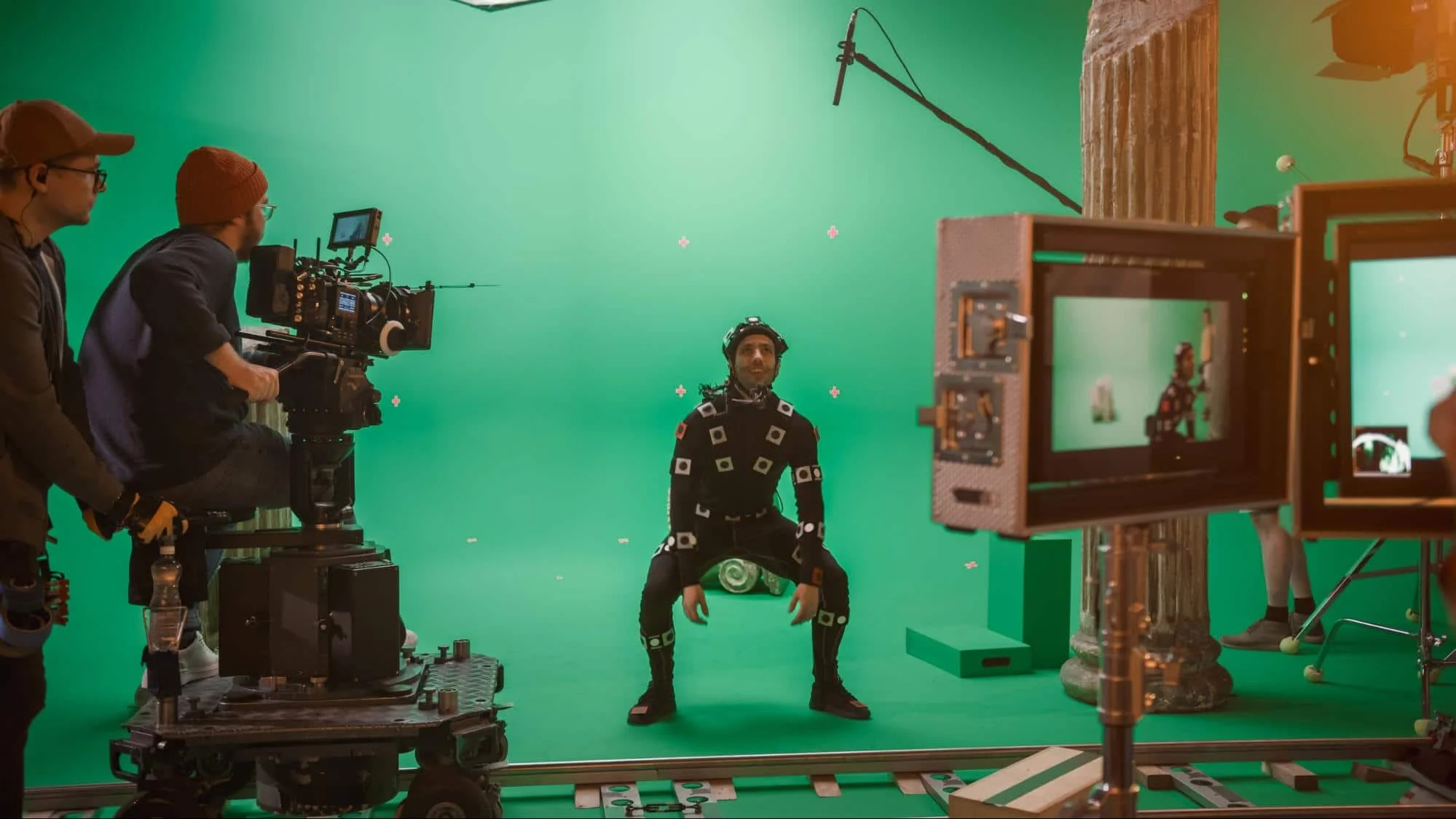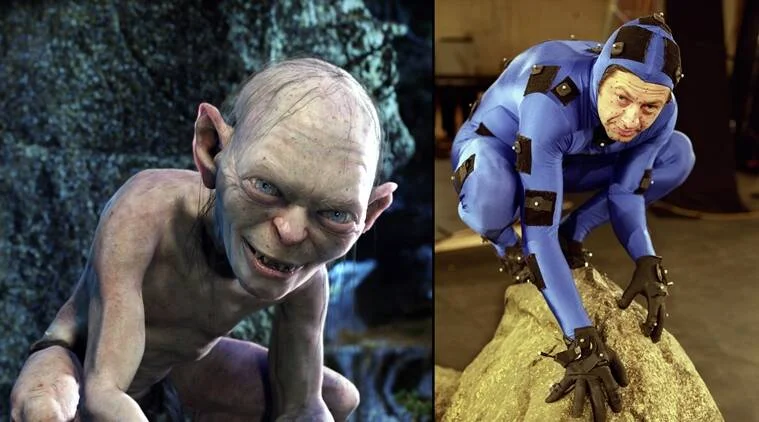In the ever-evolving landscape of video games, voice acting for video games has emerged as a pivotal force, transforming silent pixels into vibrant, emotional worlds that players can’t forget. What began as simple text prompts on flickering screens has blossomed into a sophisticated art form, breathing life into heroes, villains, and sprawling narratives that captivate audiences worldwide. From indie darlings crafted in garages to AAA blockbusters with Hollywood budgets, the human voice now shapes how stories unfold and characters resonate, making voice acting for video games an indispensable pillar of modern game development.
This guide of Polydin Game art outsourcing studio explores its rich history, essential skills, actionable tips, and exciting future trends, offering a comprehensive roadmap for aspiring actors and developers eager to harness its power. Whether you’re dreaming of voicing a grizzled protagonist in a post-apocalyptic wasteland or enhancing your game’s immersion with a memorable cast, these insights will amplify your craft and elevate your next project.
The Evolution of Voice Acting in Gaming
Voice acting in gaming has come a long way from its silent, text-driven origins to become a defining element of modern interactive storytelling. What started as a technical limitation has transformed into a powerful tool, enhancing emotion and depth in games across decades. This section traces that journey, highlighting key milestones that shaped its rise.
From Text-Based Games to Recorded Voices
Voice acting for video games kicked off in the 1980s, an era dominated by text-based adventures like Zork and Colossal Cave Adventure, where players conjured voices in their minds. The shift to audio began with arcade hits like Mortal Kombat (1992), its digitized grunts and cries a novelty on grainy speakers. By the mid-90s, CD-ROM technology opened the floodgates—games like The Curse of Monkey Island introduced witty banter with excellent voice acting, proving voices could charm as much as visuals. These early steps laid the groundwork for a revolution, turning mute sprites into talkative icons.
Full Voice-Acted RPGs and Story-Driven Games
The late 90s and 2000s marked a golden age for voice acting, with RPGs like Final Fantasy VII (1997) and Baldur’s Gate (1998) embracing partial voice overs, then evolving into fully voiced epics. Titles like Mass Effect (2007) and The Witcher 3: Wild Hunt (2015) set new benchmarks, weaving intricate, voice-acted narratives that rivaled cinematic storytelling in games. Dragon Age: Origins gave players dozens of voiced companions, each line deepening the world’s lore. These story-driven games showcased how voice acting for video games could heighten emotional stakes—think Geralt’s weary resolve or Shepard’s commanding presence—turning players into active participants in epic, unforgettable sagas.
Motion Capture and AI Integration
Today, voice acting for video games blends with cutting-edge tech. Motion capture for video games pairs vocal performance with physical acting—Red Dead Redemption 2 (2018) synced Arthur Morgan’s gravelly drawl to Roger Clark’s nuanced movements, creating a seamless illusion. AI is also making waves, generating synthetic voices for minor NPCs in games like Starfield, cutting costs for crowd scenes. Yet, for lead roles, human actors remain unmatched, their emotional depth irreplaceable. This evolution—from beeps to lifelike delivery—reflects a relentless drive toward realism and immersion, reshaping how games connect with players on a visceral level.

The Role of Voice Acting in Game Development
Voice acting in game development is more than just filling silence—it’s a vital ingredient that shapes the player’s experience, weaving emotion and personality into every scene. From amplifying narratives to forging unforgettable characters, it bridges the gap between code and connection. This section explores how voice acting elevates games into immersive, living worlds.
Enhancing Storytelling and Immersion
Voice acting for video games amplifies storytelling, pulling players into the heart of the experience. A trembling plea from a trapped NPC in Dead Space or a villain’s chilling monologue in BioShock can transform a simple quest into an emotional rollercoaster. In The Last of Us, Ellie’s raw, shaky voice during quiet moments hooks players deeper than any jump scare. It’s the glue that binds mechanics to narrative, making every line—whether a battle cry or a whispered secret—a hook that deepens immersion storytelling and keeps players invested.
Bringing Characters to Life
Characters leap off the screen through voice, becoming more than polygons. A gruff anti-hero like Kratos in God of War (2018) owes his gravitas to Christopher Judge’s rumbling growl, while Portal’s GLaDOS drips menace thanks to Ellen McLain’s icy, sardonic delivery. In Overwatch, Tracer’s chipper optimism (voiced by Cara Theobold) defines her as a beacon of hope. Voice acting for video games crafts identities that linger—players quote Hades’ Zagreus (Darren Korb) years later because his wit and grit feel alive.
Collaboration and Communication
Voice actors don’t work in a vacuum—they’re part of a symphony with directors, writers, and sound engineers. In a game studio, this means nailing a line’s tone to match a cutscene’s mood—say, a soldier’s urgency in Call of Duty—or tweaking pacing to fit a dialogue tree’s flow in Disco Elysium. Actors might record 50 takes of “Run!” to get the perfect pitch, while directors ensure it syncs with a character’s lip flaps. This collaboration ensures the voice fits the vision, from the booth’s first take to the final mix blasting through a player’s headset.
Essential Skills for Video Game Voice Actors
Voice acting for video games demands a unique blend of talent and technique, far beyond simply reading lines. It’s about embodying characters, adapting to diverse genres, and delivering performances that resonate with players. This section outlines the core skills every video game voice actor needs to thrive in this dynamic field.
Voice Control and Modulation
A voice actor must wield their instrument like a maestro—shifting pitch for a child’s giggle in Little Nightmares or deepening for a grizzled warrior in Dark Souls. Control means sustaining a scream for a 10-second battle cry without strain, or whispering a 30-second monologue without losing clarity—skills honed through warm-ups and breath exercises, vital for games with hours of dialogue.
Acting Skills
Beyond vocal tricks, acting is the core. You’re not just reading lines—you’re embodying a character, conveying fear, joy, or rage through inflection alone. Stage or screen experience sharpens this—think projecting a pirate’s swagger in Sea of Thieves or a sorcerer’s mysticism in Elden Ring. It’s about feeling the role, not just sounding it.
Script Interpretation and Improvisation
Scripts are blueprints, not gospel—actors decode subtext and adapt. A line like “I’m fine” might hide pain, needing a subtle crack in the voice, as in Horizon Zero Dawn’s Aloy. Improvisation shines in games with branching dialogue—quick thinking adds spontaneity to player choices in Detroit: Become Human, keeping responses fresh and natural.
Emotional Range and Character Development
Games demand versatility—one day you’re a triumphant hero in Assassin’s Creed, the next a grieving widow in A Plague Tale. Building a character’s arc vocally—like Joel’s hardening resolve over 15 hours in The Last of Us—keeps players hooked. Practice crying on cue or roaring with fury to stretch your range across a campaign’s emotional peaks.
Genre-Specific Skills
Different games need tailored voices. Sci-fi might mean alien dialects—think Mass Effect’s turians with their flanged growls—while fantasy calls for medieval gravitas, like Skyrim’s booming Nords. Horror demands hushed tension (Resident Evil), action needs punchy grunts (DOOM), and comedy thrives on quirks (Borderlands). Mastering these quirks aligns your voice with the game’s soul.
Tips to Become a Voice Actor in Video Games
Breaking into voice acting for video games requires dedication, skill-building, and a strategic approach to stand out in a competitive industry. From honing your craft to landing your first gig, these practical tips offer a roadmap for aspiring actors eager to lend their voice to gaming’s next big hit.
Learn Acting
Start with acting classes—improv, theater, or film—to build a rock-solid foundation. Voice acting for video games leans heavily on performance, so practice projecting emotion in a booth—channel a bandit’s sneer or a healer’s warmth. Local workshops or online courses like Voice Acting 101 can launch you into the craft.
Develop Skills Through Practicing
Practice daily—record yourself mimicking game lines from Overwatch’s Reinhardt or Hades’ Nyx. Test range with a squeaky imp or a booming titan, refining control over pitch and pace. Repetition sharpens your ear for nuance—try a 10-minute session switching between a knight’s honor and a rogue’s slyness to prep for pro gigs.
Make a Powerful Audio Demo
Your demo is your golden ticket—2–3 minutes showcasing versatility. Include a heroic monologue (Uncharted-style), a villain’s sneer (Far Cry), and a quirky sidekick (Portal), all polished with clean audio via a good mic (e.g., Rode NT1). Tailor it for voice acting in video games, skipping commercial vibes for game-ready flair.
Play Video Games, Observe or Hear Playthroughs
Know your medium—play Cyberpunk 2077 to catch V’s shifting swagger or watch Dark Souls streams for Solaire’s sunny warmth. Hear how Apex Legends’ Mirage jokes mid-fight or God of War’s Atreus matures. Immersion in games fuels authentic delivery—study pacing, tone, and how voices mesh with action.
Find a Qualified Vocal Coach
A coach polishes your raw talent—breath control for long takes (a 20-second rant), accent work for fantasy roles (Dragon Age’s Orlesian lilt). Seek pros with game credits—like Nancy Wolf or Crispin Freeman—to guide you through the unique demands of voice acting for video games, from screams to whispers.
Popular Voice Acting Roles in Video Games

Voice acting in video games spans a variety of iconic roles, each bringing unique flavor to the player’s journey. From guiding narrators to unforgettable protagonists and menacing antagonists, these characters define gaming’s emotional landscape. This section highlights the most prominent roles that shape virtual worlds.
Narrators
Narrators frame the world—Bastion’s Logan Cunningham weaves lore with gravelly charm, guiding players through chaos. They need a rich, steady tone, pacing exposition like a 5-minute campfire tale to hook from the opening line.
Main Character
The main character’s voice is the player’s lens—Geralt in The Witcher 3 (Doug Cockle) carries weary grit across 200 hours. It’s a marathon role, demanding consistency—same growl in hour 1 as hour 50—to anchor the journey.
Protagonist
Protagonists drive the story—Lara Croft’s Camilla Luddington blends grit and vulnerability in Tomb Raider. Their voice shapes empathy, balancing strength with flaws over a 15-hour arc, making players root for every climb.
Antagonist
Antagonists steal the spotlight—Vaas in Far Cry 3 (Michael Mando) oozes unhinged menace. A chilling whisper or bombastic roar across 20 scenes makes them foes players love to hate, etching them into gaming lore.
Common Mistakes to Avoid in Voice Acting for Video Games
Voice acting for video games is a craft filled with potential pitfalls that can derail even the most talented performers. From technical blunders to professional missteps, avoiding these common mistakes is key to delivering standout performances. This section uncovers the traps to sidestep for a successful career.
Poor Audio Quality
Muffled sound kills a take—invest in a decent mic (e.g., Audio-Technica AT2020) and a quiet, treated space (foam panels help). Game studios demand crisp recordings; a tinny demo gets you skipped faster than a loading screen.
Lack of Preparation
Cold reads flop—know the script, character, and game’s vibe beforehand. Skimping risks flat delivery—imagine fumbling Skyrim’s Dovahkiin with no grasp of its epic tone. Prep turns a 5-minute audition into a standout.
Inability to Take Direction
Directors tweak live—“More grit!” or “Softer now!”—and stubbornness stalls sessions. Flexibility—shifting a snarl to a growl in 3 takes—keeps the booth flowing and the team happy, especially under tight deadlines.
Underestimating the Work
Voice acting for video games isn’t quick cash—hours of screaming (DOOM Eternal) or whispering (Silent Hill) strain vocals. Underestimating the grind—say, 50 lines in a 2-hour session—leads to burnout; pace yourself like a 20-mile run.
Lack of Professionalism
Late arrivals or missed deadlines tank your rep in this tight-knit field. Treat every audition like a job—prompt, polished, respectful, with files sent 24 hours early—to build a career studios trust for their next big title.
The Future of Voice Acting in Video Games
Voice acting in video games is poised for a transformative leap, driven by rapid advancements in technology and shifting industry practices. From AI innovations to new recording methods, the horizon promises both challenges and opportunities for actors and developers. This section explores what lies ahead for this evolving art form.
AI in Voice Acting for Video Games
AI is reshaping the field—tools like Replica Studios churn out NPC chatter fast, filling taverns in Baldur’s Gate 3 with synthetic bustle. Yet, for leads, human nuance reigns—AI can’t match Horizon Forbidden West’s Aloy (Ashley Burch). It’s a complement, handling grunt work while actors pour soul into the spotlight.
Remote Recording in Voice Acting for Video Games
Post-pandemic, remote booths are the norm—actors record from home with Source-Connect, syncing a London voice to a LA game in real time. This flexibility broadens talent pools—a Tokyo actor can voice a New York indie without a plane ticket—speeding production and diversifying casts.
Performance Capture and Facial Animation Techniques
Motion capture ties voice to face—Hellblade: Senua’s Sacrifice’s Melina Juergens delivered anguish live, her sobs mirrored in-game. This tech demands actors perform physically, merging voice acting for video games with full-body expression—think a 10-minute take of combat grunts and stumbles—for uncanny realism that blurs lines between actor and avatar.
Conclusion
Voice acting for video games has journeyed from beeps and text to a craft that defines gaming’s emotional core, turning characters into companions and stories into legends that echo beyond the screen. From its humble roots to a future blending AI, remote work, and mocap, it’s a field bursting with opportunity for those ready to hone their skills and sidestep pitfalls. Whether enhancing immersion in a sprawling RPG or voicing the next iconic protagonist, this art form bridges players and pixels like no other. For developers and actors, embracing these tips and trends ensures your game’s voice resonates—loud, clear, and unforgettable—in a crowded digital world, leaving a legacy players will replay for years.



